Test of Irix 11mm f/4 firefly – Stan-Time-lapse & Photographie
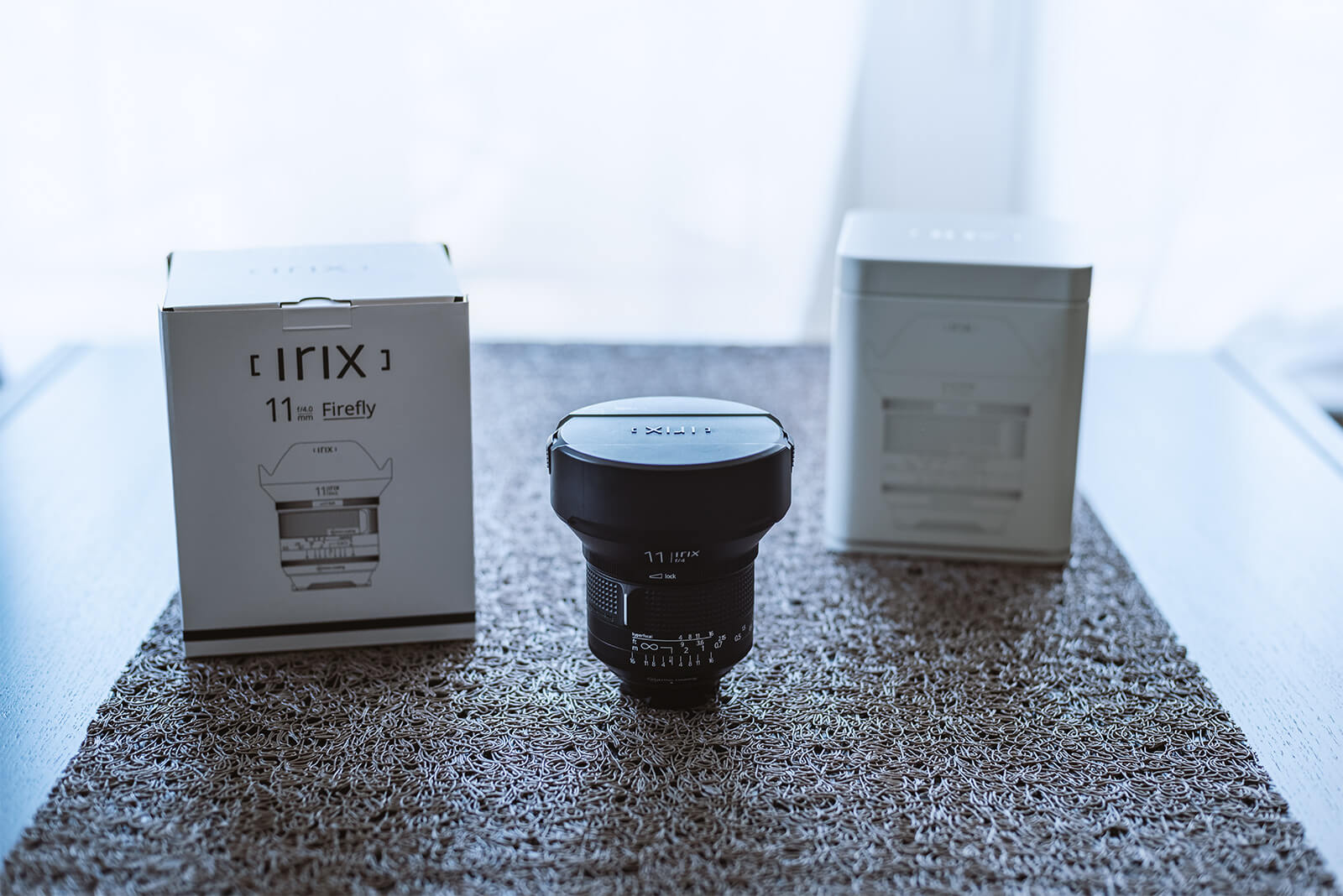
When Irix asked me to test the 11mm F / 4 Firefly, I jumped at the chance. The largest lens I had tested so far was my 15/30 F / 2.8 from Tamron. But a lot of times I find myself in situations where I need a wider wide angle. I was able to test this lens for 1 month and I give you through this article my opinion on this ultra wide-angle lens.
Characteristic:
-
Dimensions : 118 x 103 mm
-
Weight : 607 à 616 g (depending on mount)
-
Compatibility : Full Frame and APS-C
-
Field of view: 126° (diagonal)
-
Focus lock
-
Minimum distance. Focus :27 cm
-
Infinite click function
-
Minimum opening : f/22
-
Maximum opening: f/4
-
Diaphragm has 9 blades
-
Possibility to put gelatin filters on the back of the lens: 30 x 30
-
Hermetic construction
-
Rectilinear lens ensuring very low distortion
-
Optical construction: 16 elements in 11 groups (4x HR, 2x ED, 3x ASP)
First impression:
At first, I was amazed by the quality of the packaging. The lens comes in a fabric cover, all well protected in a pretty metal box.
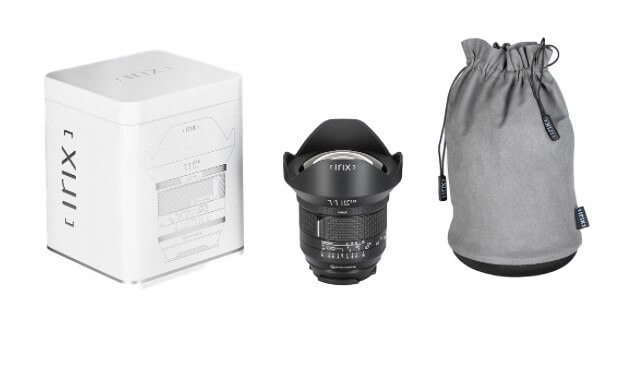
Once the latter was taken out of its case, I immediately felt that this lens was designed to last. Its design and finishes are perfect. It’s neither too big nor too heavy, it fits and fits easily in my camera bag.
Once mounted on my case, the whole balances out well and offers a good grip. The fluidity of the focus ring is pleasant. Little more, there is a little notch that marks infinity. Another detail that stood out to me was the fact that the lens cap snaps into place so that it does not come off.
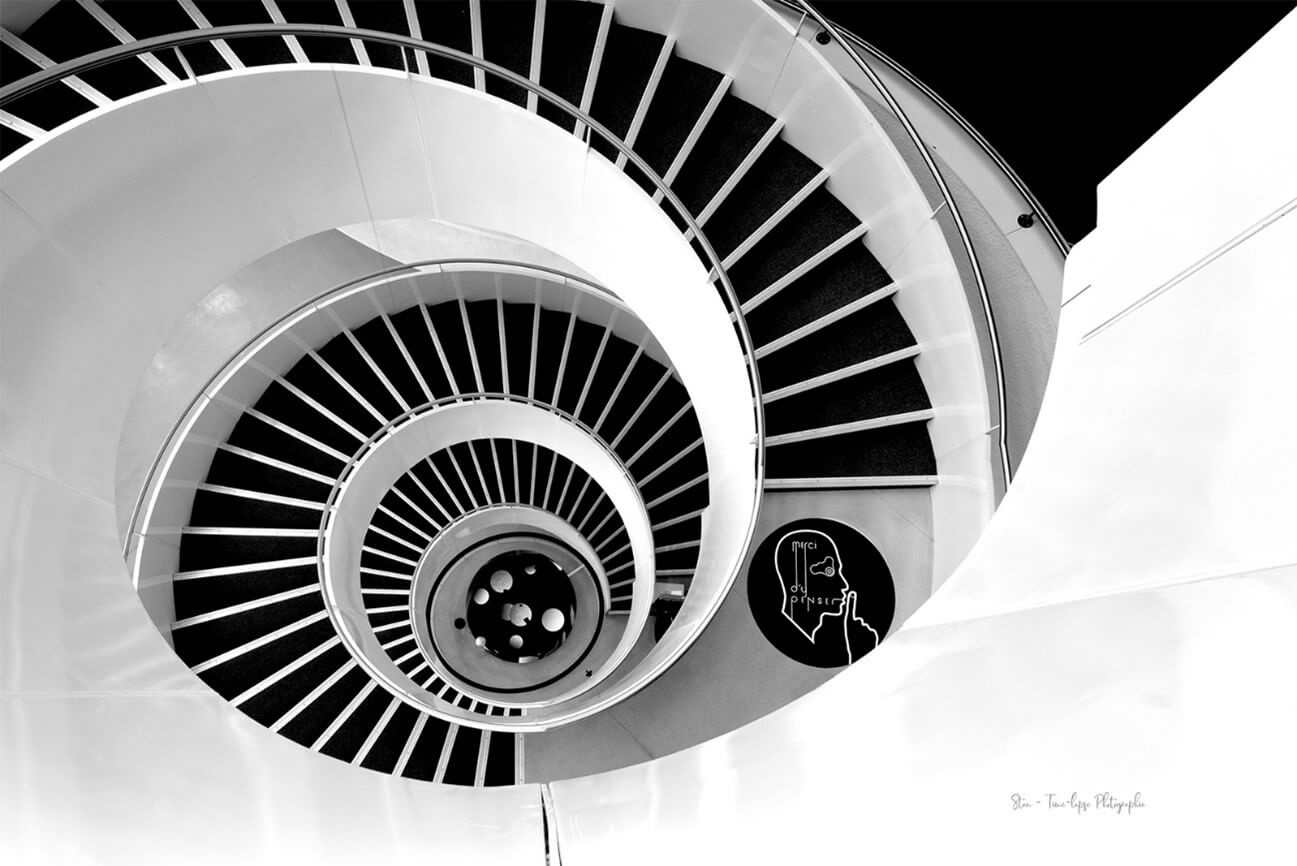
In the field:
1. Field of vision and deformation
On my first outing with this lens, I was surprised, if not a little baffled, by its field of vision. I didn’t think there would be that much of a difference with my 15mm. You have to take good care of its composition because we fit things into 126 °!
Here are two shots, from the same place, the first at 15mm and the second with the 11mm Irix

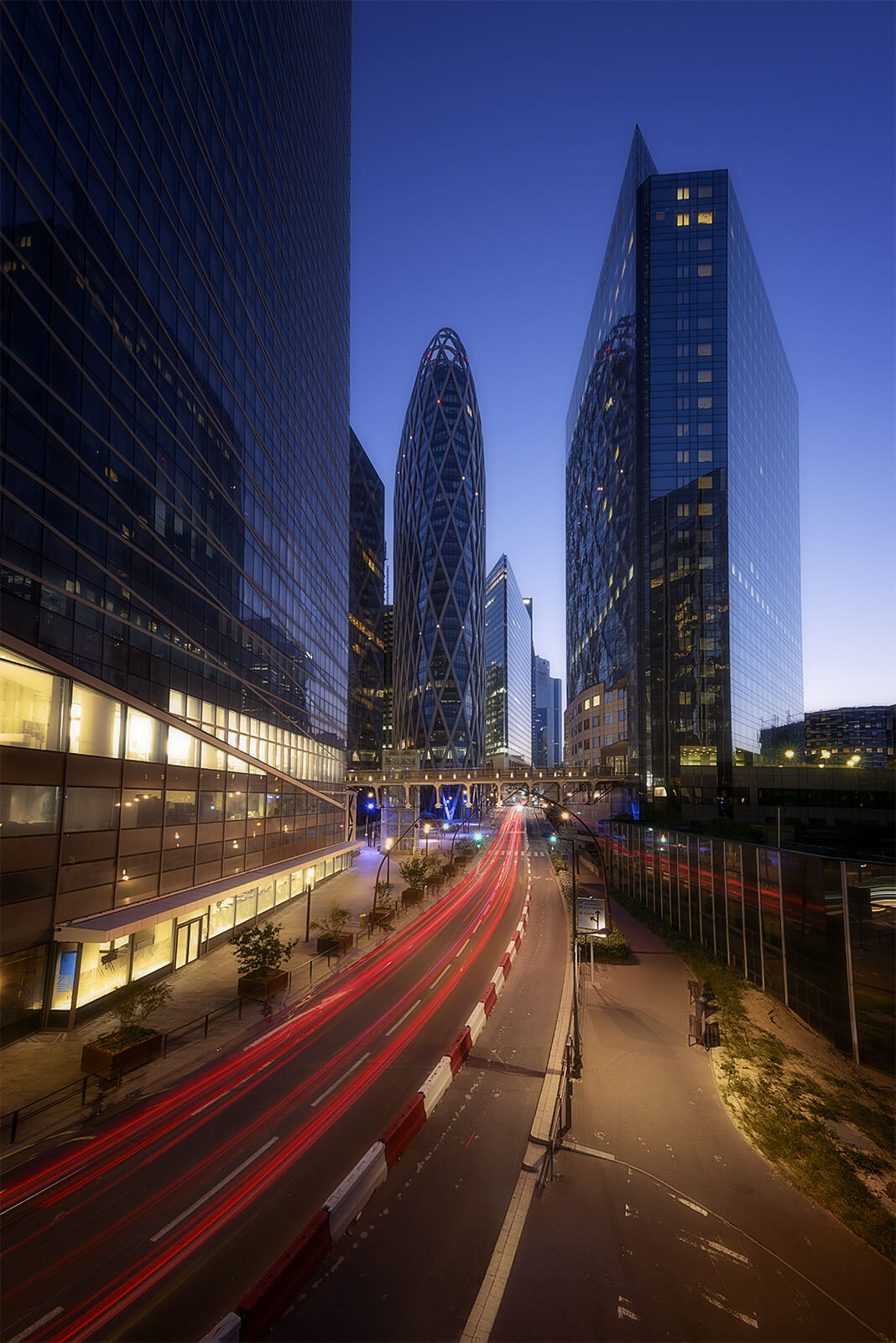
I mainly tested the 11mm F / 4 Firefly for cityscape and architectural photography. What impressed me the most was that due to its straight design there is very little warping. What little there is is easily corrected in post-production.
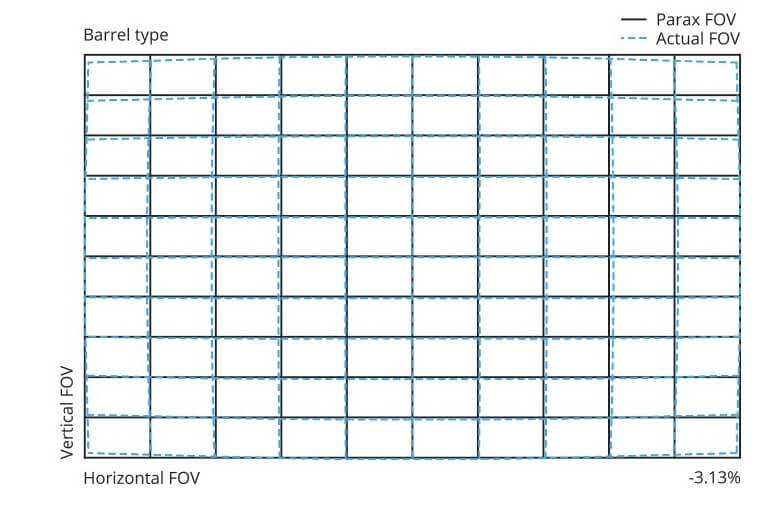
Getting to design such a wide angle with only 3.13% deformation, I say bravo Irix!
2. Focus
The Irix 11mm F / 4 Firefly is focused manually. It didn’t shock me because I am used to doing it that way. Its focus distance is only 27 cm, which offers enormous possibilities in terms of composition.
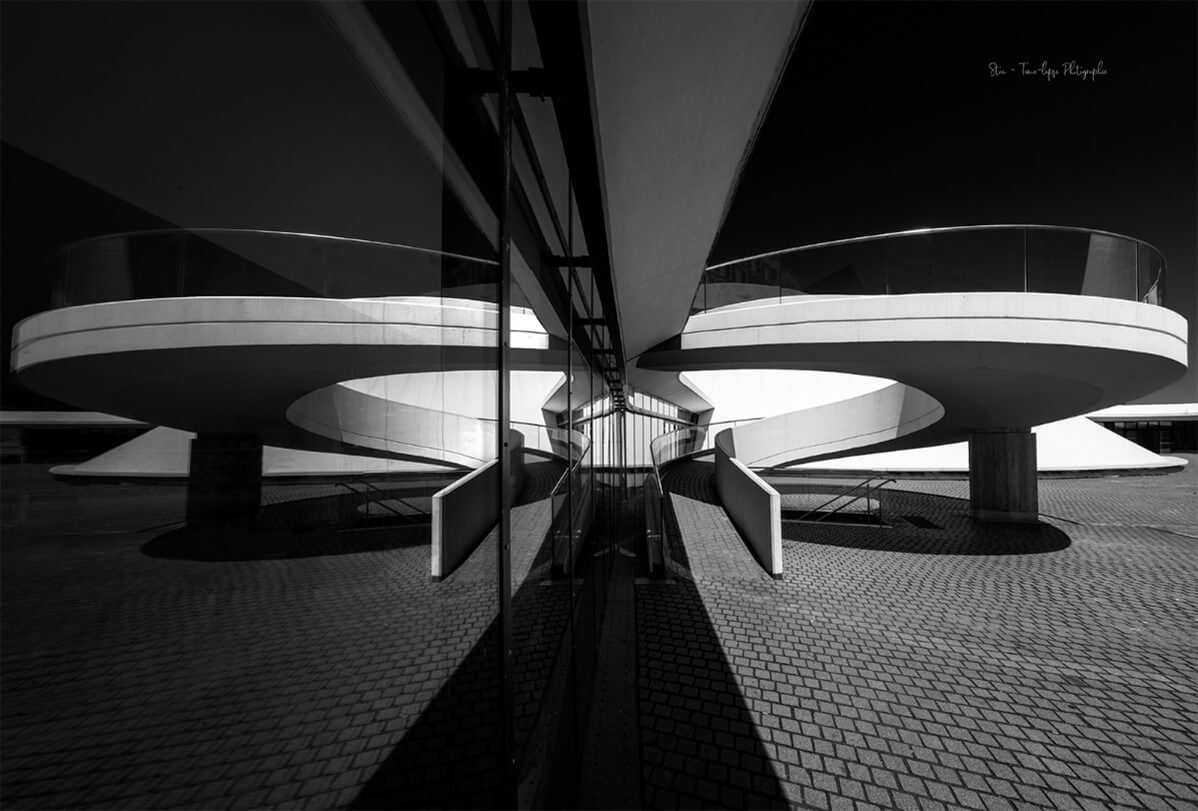
The focus ring is nice and smooth, which makes focusing much easier. The latter has a system that allows the focus to be locked so that it does not move during shots.
I especially liked the fact that the aperture of the diaphragm is controlled directly from the camera and not directly on the lens. This is really a plus!
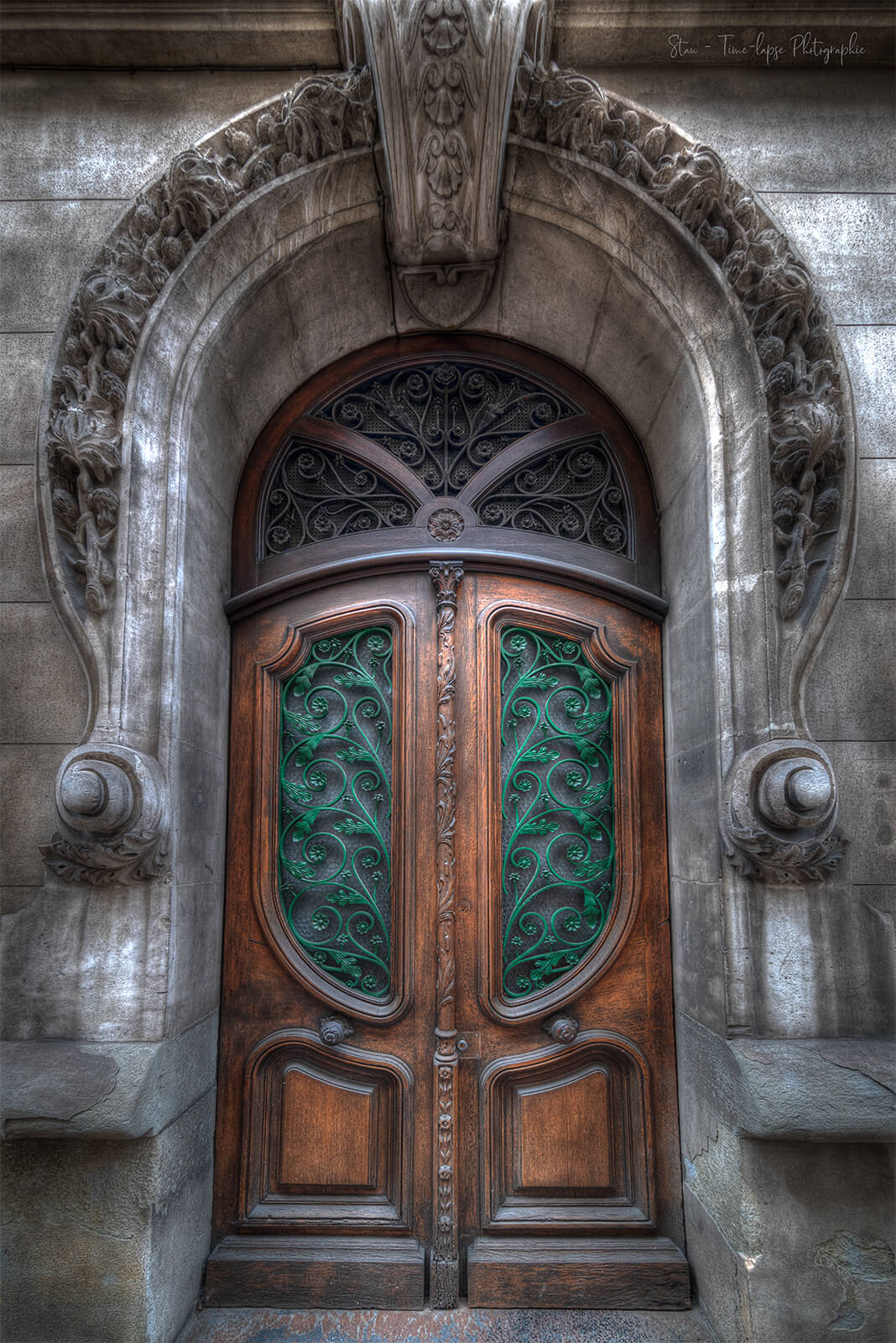
3. Sharpness
I was really surprised by the exceptional quality of its sharpness in the center of the frame, when fully opened at F / 4. The Sharpness drops slightly to F / 11 and beyond it drops. I really enjoy doing sunbursts so I wanted to try doing it at F / 16. When we zoom in on the image, we see that the sharpness is not there. I also noticed a lack of uniformity between the edge and the center at full aperture, but this fades and the lens gives its full potential between F / 8 and F / 11. But rest assured, the images are still of excellent quality.
4. Vignetting
For those who, like me, like their photos to be vignetted, you will be served. For others, don’t worry, it removes very well in post-production.
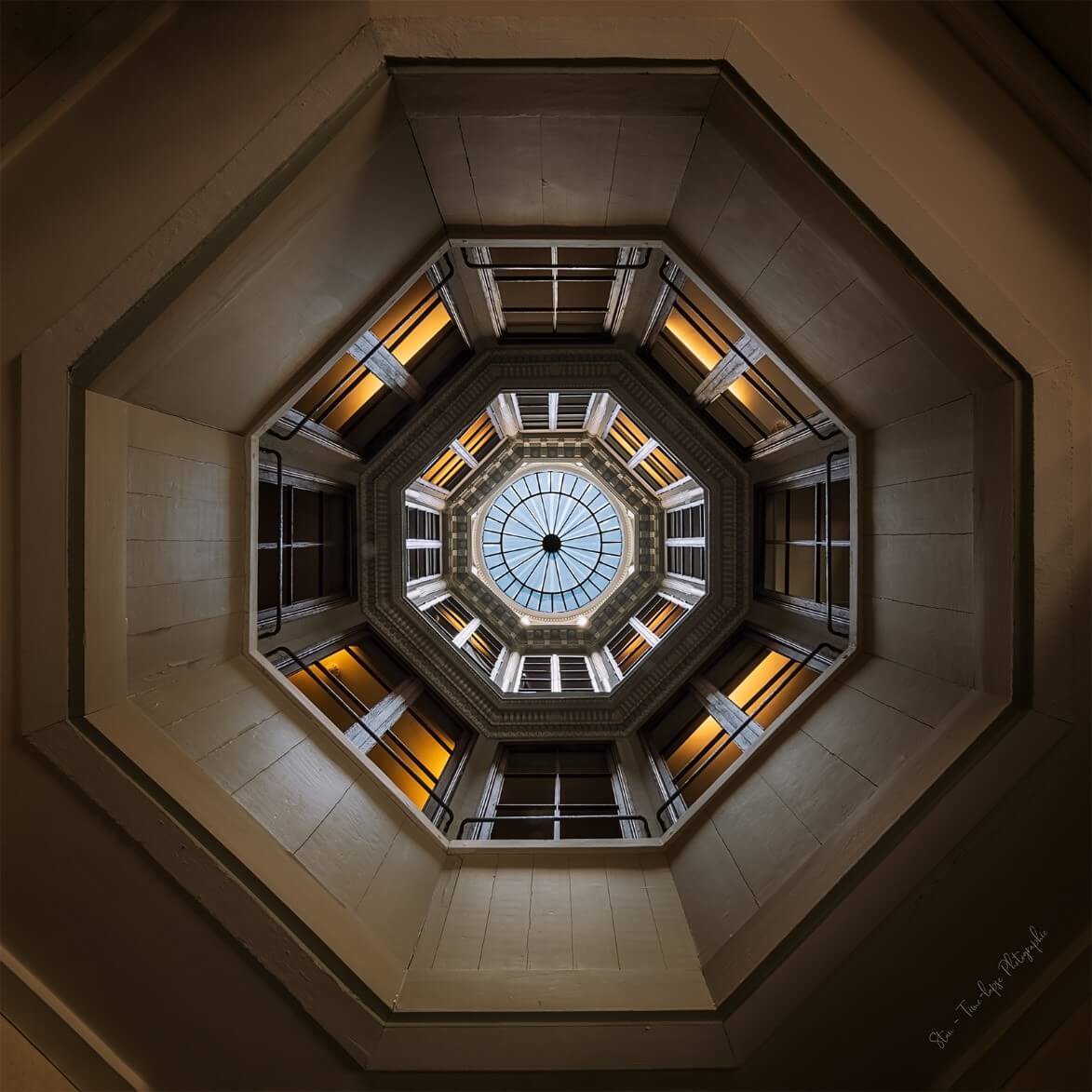
5. Can we put filters?
Since the lens of this objective is domed, it is protected by a lens hood that cannot be removed. It is therefore impossible to screw circular filters onto the lens. Irix has therefore planned a notch on the back of the lens, so that a 30x30mm gelatin filter could be placed in it.

A filter is still light, you might tell me! I agree with you !
I did some research on the web and saw that normally (I sai normally) the 180mm NiSi filter holder for Canon EF 11-24mm F / 4L should be able to be mounted on the Irix 11mm F / 4 Firefly .
Price:
This lens comes in two versions: the Firefly (the one I was able to try) and the Blackstone (the high end version). To date, the Firefly version is priced at € 525 while the Blackstone is priced at € 745.
I find the prices more than correct compared to the quality and performance that this 11mm offers.
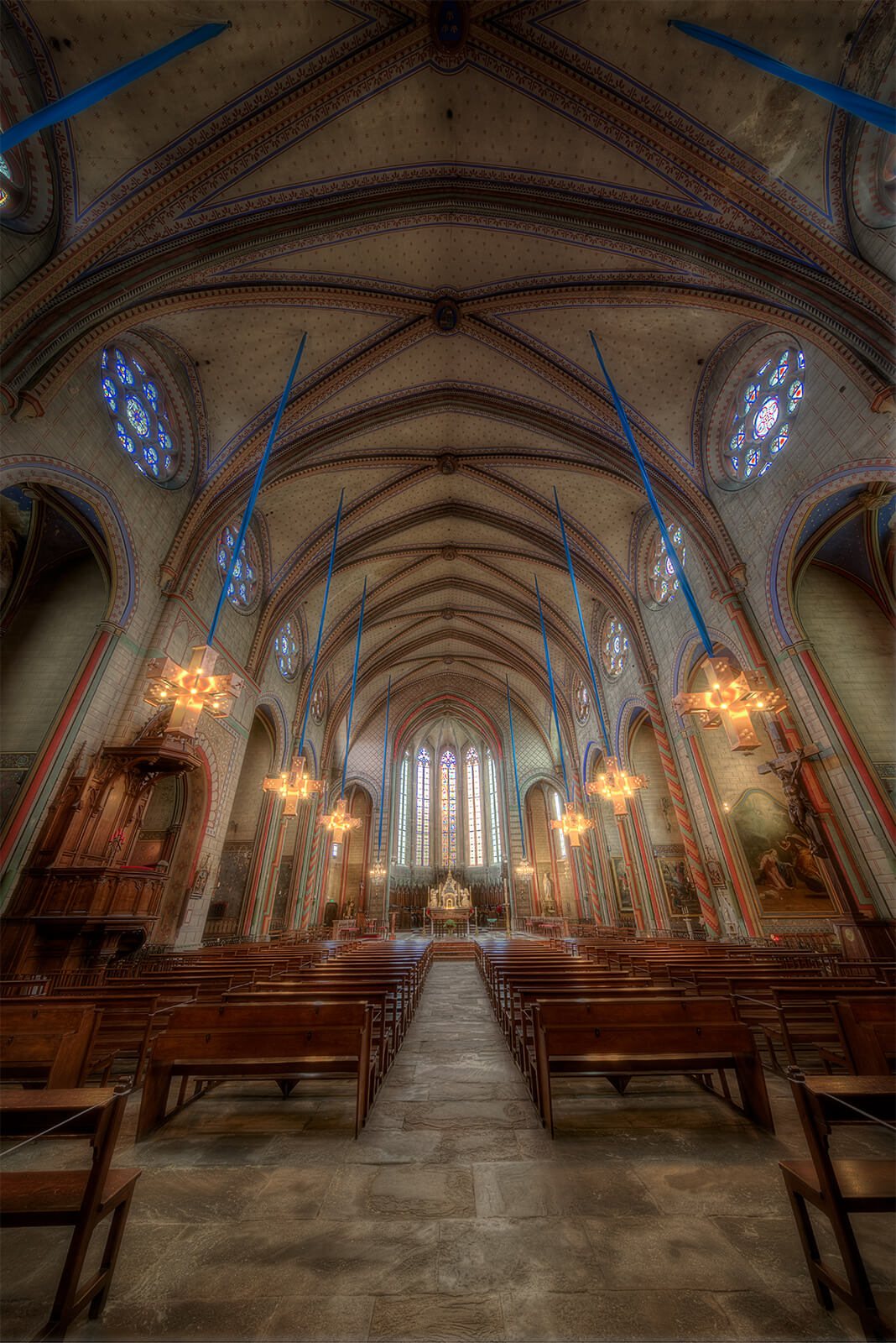
The pros and cons of the Irix 11mm F / 4 Firefly:
| + | – |
|
|
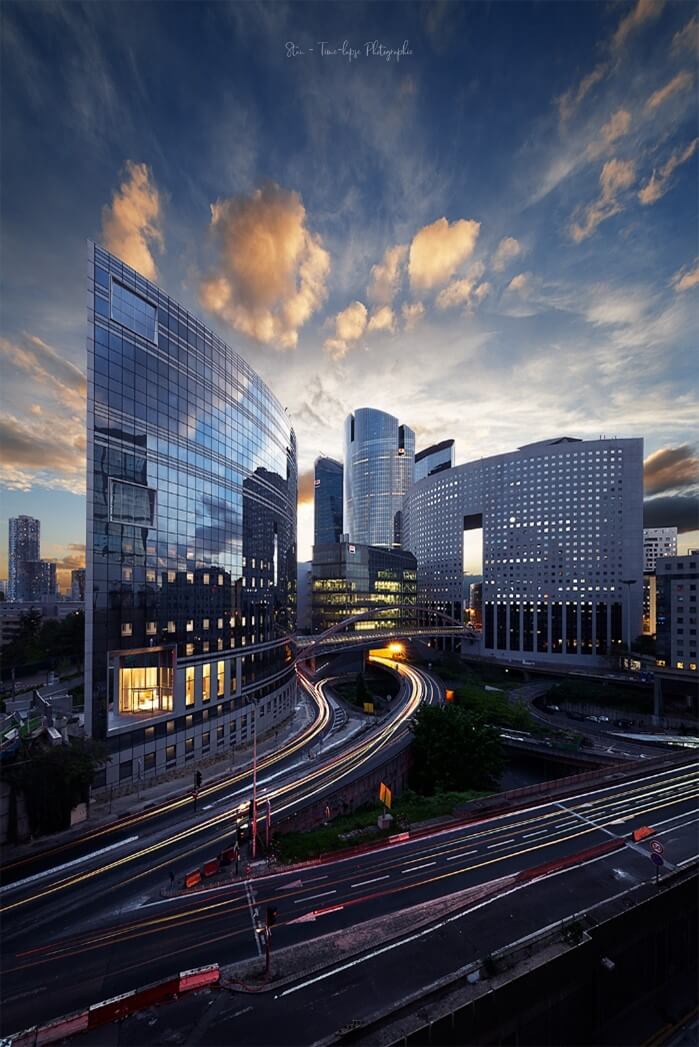
Conclusion:
The Irix 11mm F / 4 Firefly is an extraordinary ultra wide angle. At first his field of vision is a bit confusing, but I quickly got used to it. The possibilities it offers are enormous. It allowed me to make compositions that I had in mind for a while. The fact that there is hardly any distortion is fabulous!
I was really delighted and lucky to have been able to test this lens thanks to Irix. Taking pictures with it is a real treat. I have two regrets : I think it’s a shame that his diaphragm doesn’t open wider. With an aperture of 2.8, it would be perfect for astrophotography. The second is that I had to give it back to Irix.
See Irix 11mm f/4.0 test in French
More about the Irix Irix 11mm f/4.0
Visit Stan – Timelapse – Photographie
